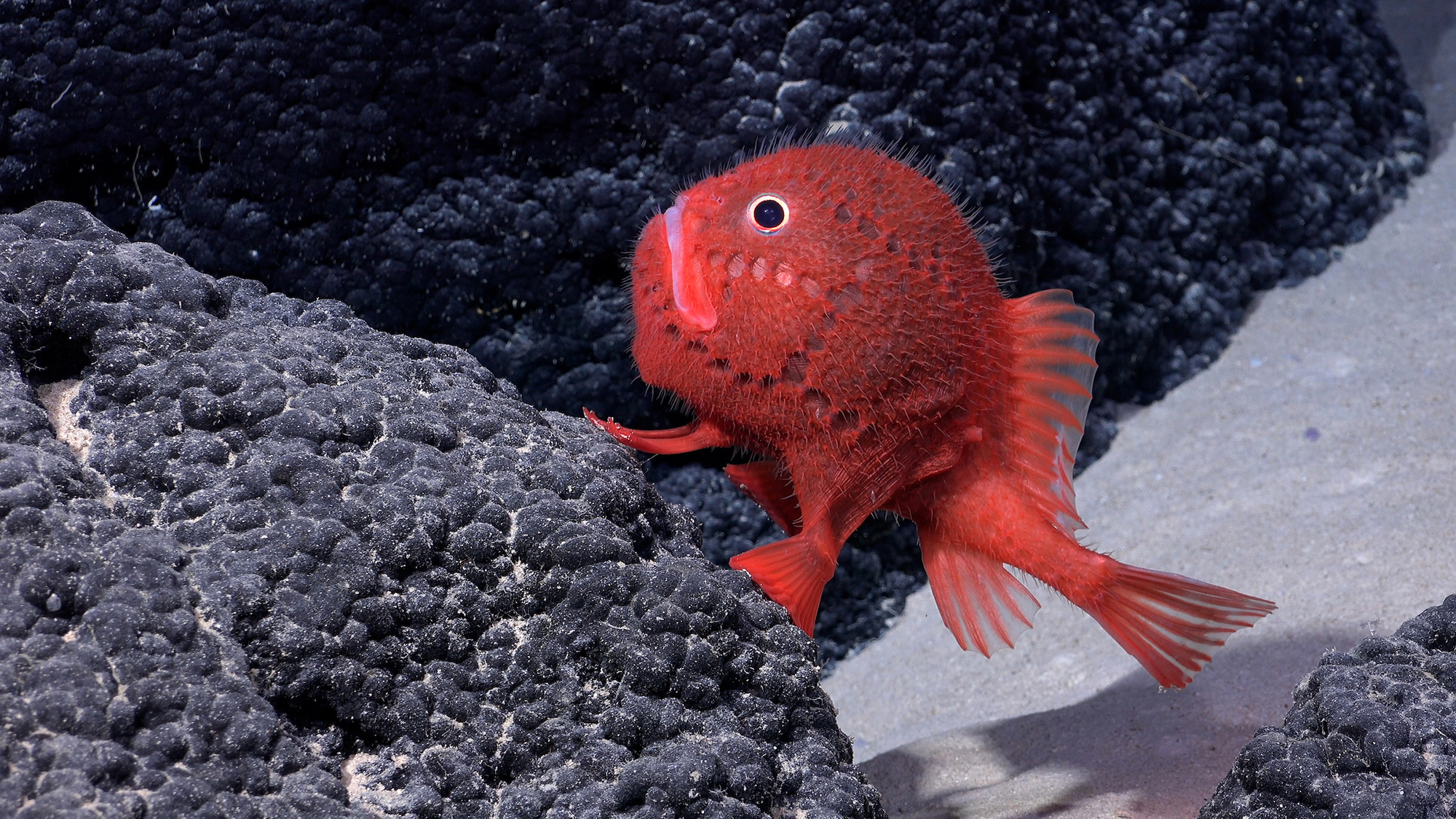

Our oceans are vast and discovering new and lost species are among some of the most exciting discoveries in the big blue. An international team of scientists may have found more than 100 new species, during a mission to explore seamounts off the coast of Chile. These creatures who look like they come from a sci-fi novel call the 1,800-mile-long Salas y Gómez Ridge home.
[Related: A sea creature extinct for half a billion years inspired a new soft robot.]

Seamounts are large underwater mountains that are often formed by volcanic activity and can be found in every ocean basin on Earth. They are a critical habitat for everything from corals and mollusks, up to crustaceans, fish and marine mammals. This newly explored underwater mountain chain comprises more than 200 seamounts and stretches from offshore Chile to Rapa Nui (Easter Island).



Over the course of the expedition, the team mapped an area of more than 20,000 square miles of seafloor and discovered four new seamounts within Chile’s waters. They also explored two of Chile’s marine protected areas–the Juan Fernandez and Nazca-Desventuradas marine parks.
[Related: New jellyfish discovered near Japan may contain multitudes of venom.]
Researchers deployed an underwater robot named ROV SuBastian to collect data from the seamounts. ROV SuBastian can safely dive more than 14,000 feet under the Pacific and the data it collected will be used to advance protection of these underwater habitats. The scientists found that each seamount hosted distinct ecosystems. Many of these ecosystems are vulnerable, including sponge gardens and deep-sea coral reefs.


Back on dry land, the team will spend the next several years analyzing the genetics and physiology of the specimens that they believe are new to science to confirm if they actually are new species.

